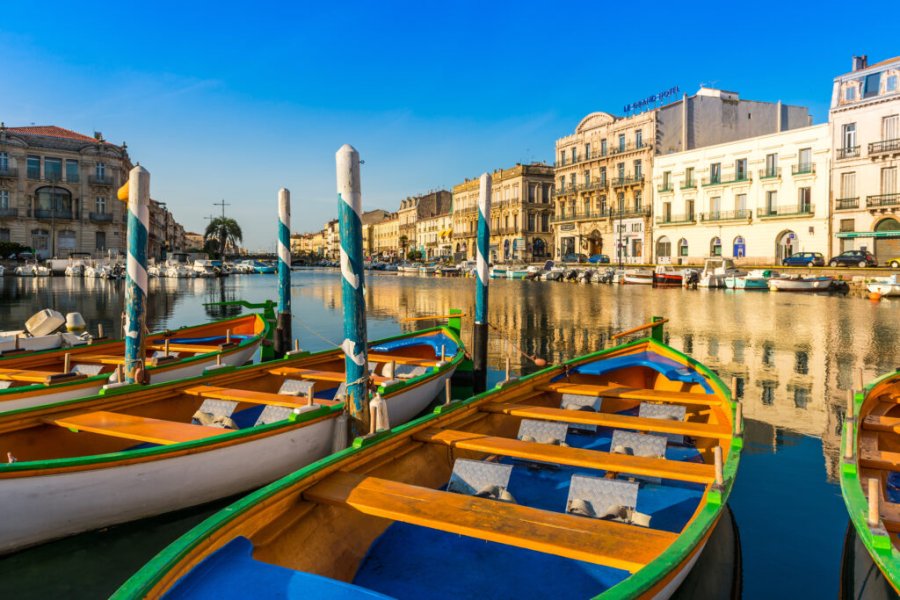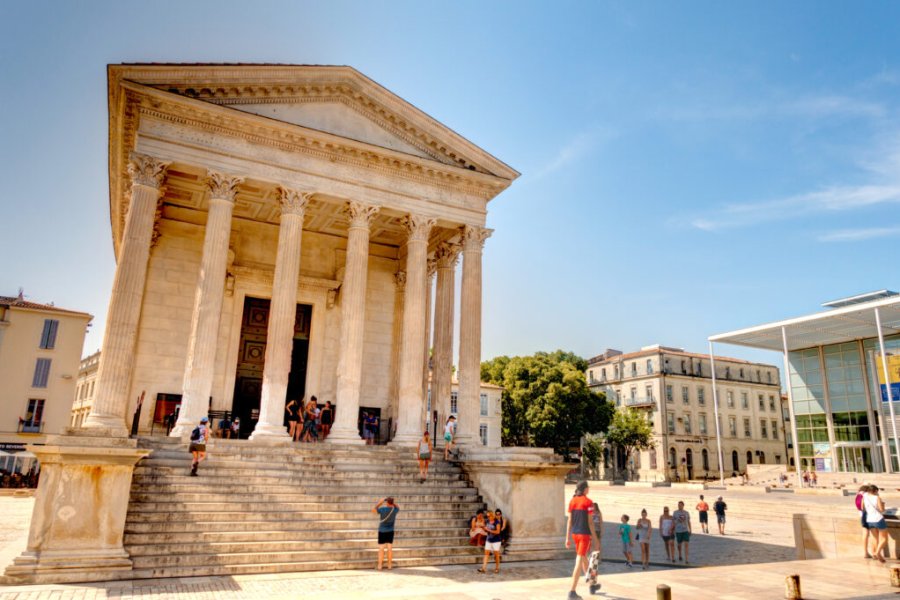Travel Guide Najran
Find an accommodation
Advertising
The city of Najran is wedged between the Rub' al-Khali to the east, the high mountains of Asir to the west and north, and Yemen to the south. Built on the edge of Wadi Najran, the city and its surroundings attract visitors for their Yemeni style adobe houses. Ancient palaces, bucolic villages, and the archaeological site of Al Ukhdud are among Najran's must-sees. In Arabic, Najran means "doorpost", but also "thirsty". No one knows if the name was chosen for the location of the city, at the gates of the desert, or for its river which allowed to irrigate the fields as well as to quench the thirst of the population. The city, which had only 47,000 inhabitants in the 1970s, now has more than 500,000. The occupation of the region is very old and the city was the northernmost city of the kingdom of Saba in the 6th century B.C. It was the first city to be taken by the Romans in their conquest of Yemen. The city was the seat of religious influences, the first in southern Arabia to become Christian. It was also an important textile center and it was here that the kiswah, the cloth that covers the Kaaba in Mecca, was woven and embroidered. This tradition was initiated by Yemeni Jews long before the advent of Islam. Najran was also an important stop on the caravan routes of incense. Caravans stopped at the Najran oasis before taking the coastal route to the Hejaz and the Mediterranean or the route across the Rub' al-Khali desert to the cities of the Persian Gulf. Because of its proximity to Yemen, however, the Saudi government has expressed reservations about the security situation there. In recent years, there have been several drone attacks along the border.
What to visit Najran?
Suggested addresses Najran
Weather at the moment
Advertising
Organize your trip with our partners Najran
Transportation
Book your plane tickets
Car Rental
Boat rental
Accommodation & stays
Find a hotel
Holiday rental
Find your campsite
Tailor-made trip
Immersion travel
Services / On site
Activities & visits
Find a doctor
Find unique Stay Offers with our Partners
Other destinations nearby Najran
100 km away









